Official U.S. Travel Advisory Status
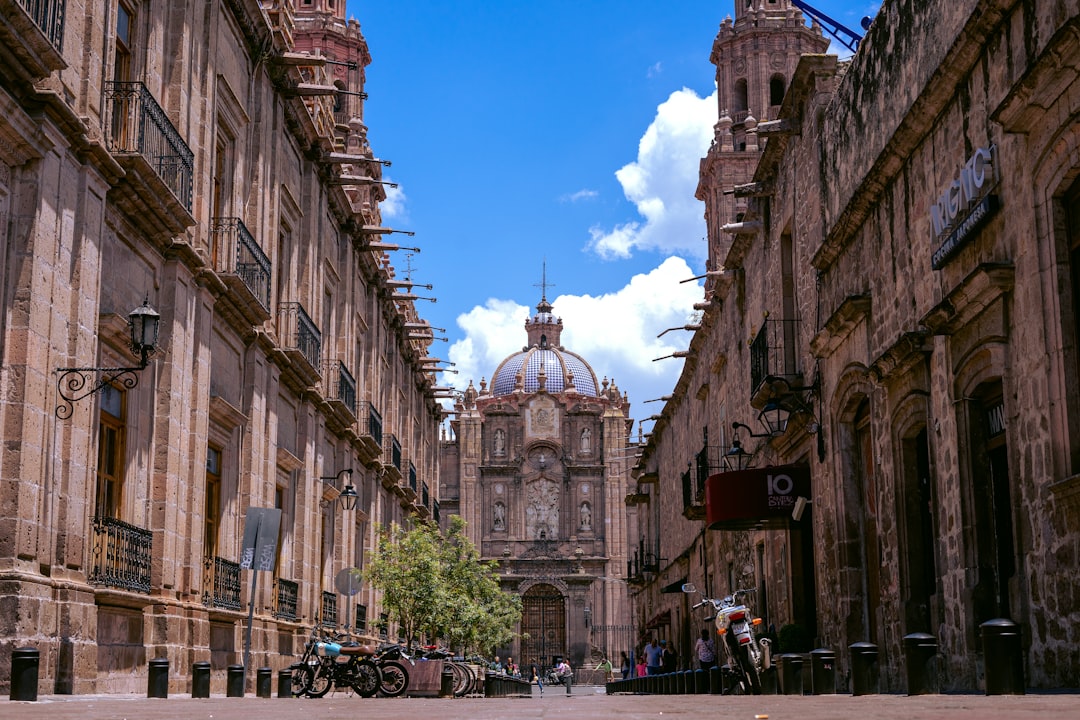
As of May 2025, the U.S. Department of State has raised its travel alert for Mexico, warning American citizens to reconsider or avoid travel to several Mexican states due to ongoing security concerns. The advisory, updated in April 2025, now lists 13 Mexican states under its strictest “Do Not Travel” designation. This includes states such as Colima, Guerrero, Michoacán, Sinaloa, Tamaulipas, and Zacatecas, where drug cartel activity, kidnappings, and violent crime have surged. Other states are labeled “Reconsider Travel” or “Exercise Increased Caution,” reflecting a nuanced but cautious approach. U.S. authorities stress that these warnings are based on verified incidents, recent crime data, and direct reports from embassy staff and travelers. The advisory updates regularly in response to new threats and incidents, aiming to keep U.S. travelers as safe as possible while abroad.
Recent Crime Trends and Numbers
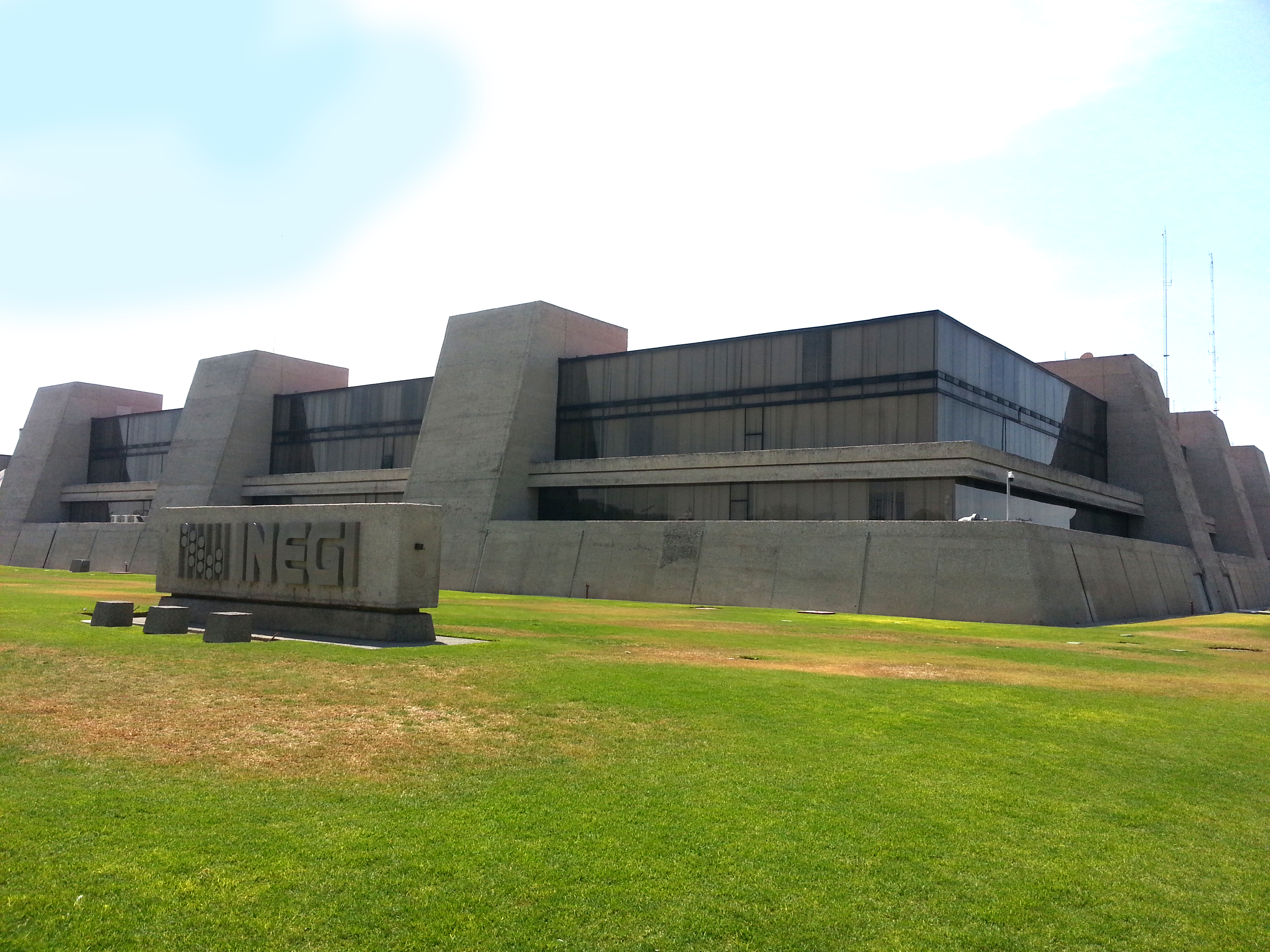
Crime rates in Mexico have remained a central concern driving the travel advisory updates. Data released by INEGI in January 2025 shows that the national homicide rate stood at 29 per 100,000 people in 2024, which, while slightly down from 2023, is still among the highest in the region. Kidnappings and extortion cases have also stayed stubbornly high, with nearly 6,000 reported kidnappings nationwide in 2024. In states like Zacatecas and Guanajuato, violent confrontations between rival criminal groups have led to hundreds of deaths in recent months. These statistics are echoed in U.S. State Department warnings, which highlight that Americans have been among the victims in several high-profile attacks and abductions since late 2023. The numbers paint a sobering picture for anyone considering travel to affected regions.
States and Cities Under the Spotlight

Certain regions of Mexico remain particularly dangerous in 2025. Guerrero, home to once-glamorous Acapulco, has experienced a spike in homicides and armed robberies. In Sinaloa, infamous for its cartel activity, law enforcement has struggled to contain violence spilling into tourist areas. Colima’s port city of Manzanillo has also seen attacks on both locals and tourists, prompting additional warnings. Tamaulipas, bordering Texas, is a hotspot for highway robberies and kidnappings, with multiple incidents involving American travelers in early 2025. Michoacán and Zacatecas have seen cartel roadblocks and shootouts, sometimes disrupting major highways and trapping travelers. Even some areas of Jalisco and Baja California, once thought of as safer, have seen an uptick in targeted attacks, leading to expanded advisories.
Tourism Industry’s Downturn

The heightened alerts have produced a visible decline in international tourism to Mexico. According to the Mexican Tourism Board, the country welcomed 15% fewer foreign visitors in 2024 compared to 2023, breaking a decade-long streak of growth. Cities like Cancún and Los Cabos remain popular but have seen bookings drop, particularly from the U.S. and Canada. Resorts in Acapulco and Puerto Vallarta have reported occupancy rates falling below 60% for much of the last year, causing layoffs and financial strain. Local business owners, from restaurant operators to taxi drivers, are feeling the pinch as fewer tourists mean less revenue and fewer jobs. This downturn is reshaping the economic landscape in regions heavily reliant on tourism dollars.
Government Security Measures
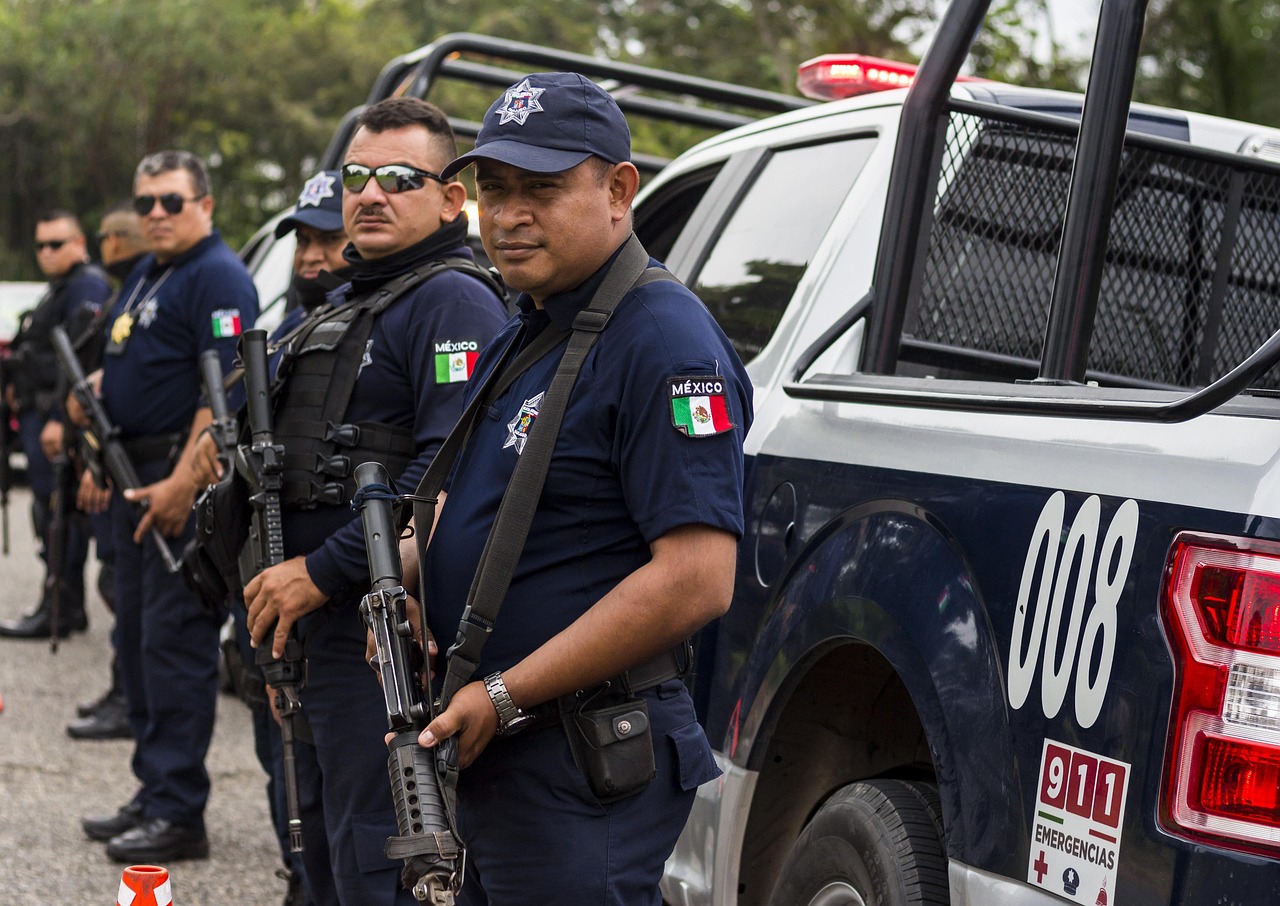
The Mexican government has responded to the surge in violence and the U.S. advisory with an array of security strategies. In 2024 and 2025, federal and state authorities deployed more than 100,000 soldiers and National Guard troops to high-risk areas. Security checkpoints, increased military patrols, and surveillance drones have been introduced in tourist corridors. The government also launched a new app, “Alerta MX,” which lets tourists report incidents and get updates on local threats. Coordination with U.S. officials has been strengthened, especially in border regions, to prevent cross-border crime. While officials claim these measures have led to some reductions in crime, critics argue that root causes like poverty and corruption are still unaddressed.
Advice for Travelers

For those still planning trips to Mexico, the U.S. government and travel experts stress the importance of vigilance. Travelers are urged to stick to major tourist zones, avoid night travel, and use registered transportation services. Registering with the Smart Traveler Enrollment Program (STEP) is advised so the embassy can contact citizens quickly in case of an emergency. Keeping valuables out of sight, monitoring local news, and having a charged mobile phone with emergency contacts are all recommended. Travelers should also be cautious when using ATMs and avoid displaying wealth. Many experts now suggest reconsidering travel plans altogether if visiting high-alert states.
Popular Destinations Still Considered Safe
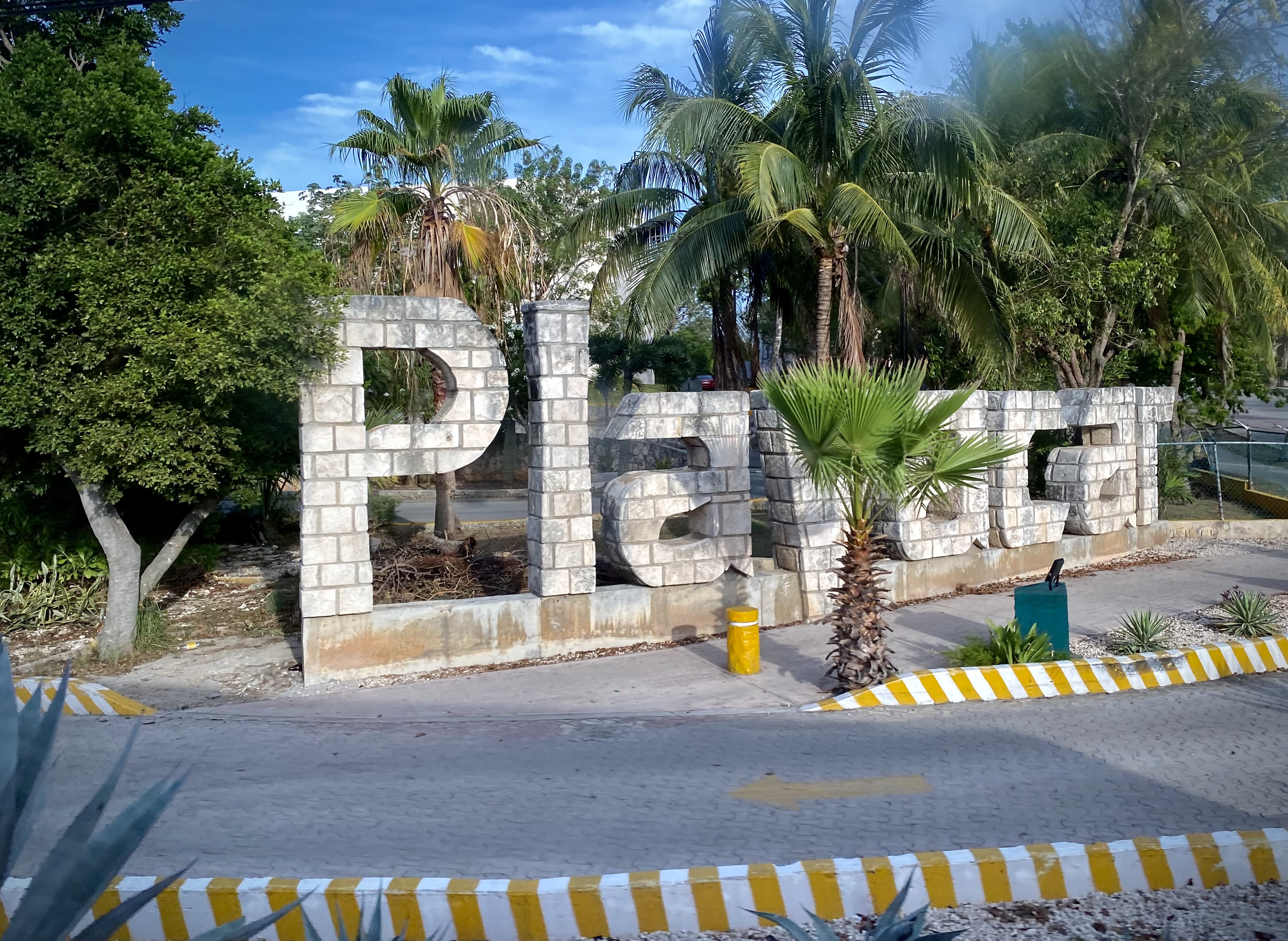
Despite the warnings, not all of Mexico is under high alert. Quintana Roo, home to Cancún, Playa del Carmen, and Tulum, is still considered relatively safe, though petty crime like pickpocketing occurs. Yucatán and Campeche in the southeast are highlighted by both Mexican and U.S. officials as among the safest regions, with low crime rates and robust police presence. Major resort zones in Baja California Sur, such as Los Cabos, have seen only isolated incidents, and local authorities have ramped up security for tourists. Oaxaca and parts of Mexico City, especially the central and tourist districts, remain vibrant and welcoming, with cultural festivals and events drawing visitors year-round.
Role of Technology and Social Media

Technology is playing a growing role in how travelers navigate risks in Mexico. Social media platforms like X (formerly Twitter) and Instagram are flooded with real-time updates from tourists and residents, offering eyewitness reports on safety in specific neighborhoods. Apps such as Alerta MX and WhatsApp groups for expats are being used to share warnings about roadblocks, protests, or police operations. Many hotels and tour operators now provide guests with emergency protocols via mobile apps. This instant access to information empowers travelers to make smarter, safer choices and has even helped some avoid dangerous situations altogether.
Community Initiatives for Safety
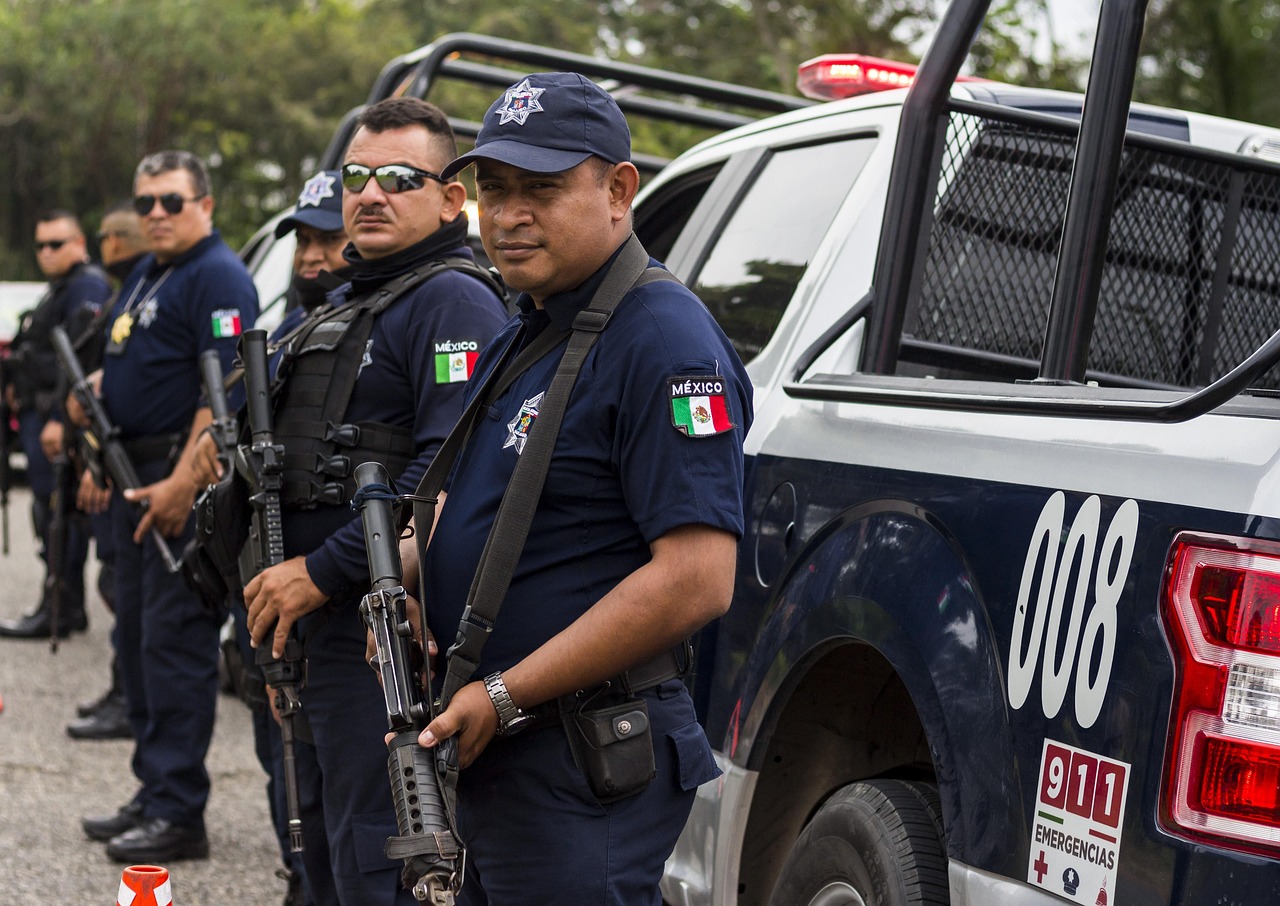
Communities across Mexico are not waiting for the federal government alone to solve the security crisis. In many tourist towns, local businesses have formed safety committees, hired private security, and installed more street lighting and surveillance cameras. Some neighborhoods operate “safe corridor” programs, where volunteers and local police patrol streets during peak tourist seasons. In Jalisco and Yucatán, community watch groups work closely with authorities to monitor suspicious activity and provide support to visitors. These grassroots efforts are making a difference in tourist-heavy areas and have been praised by both travelers and local governments.
Economic and Cultural Resilience
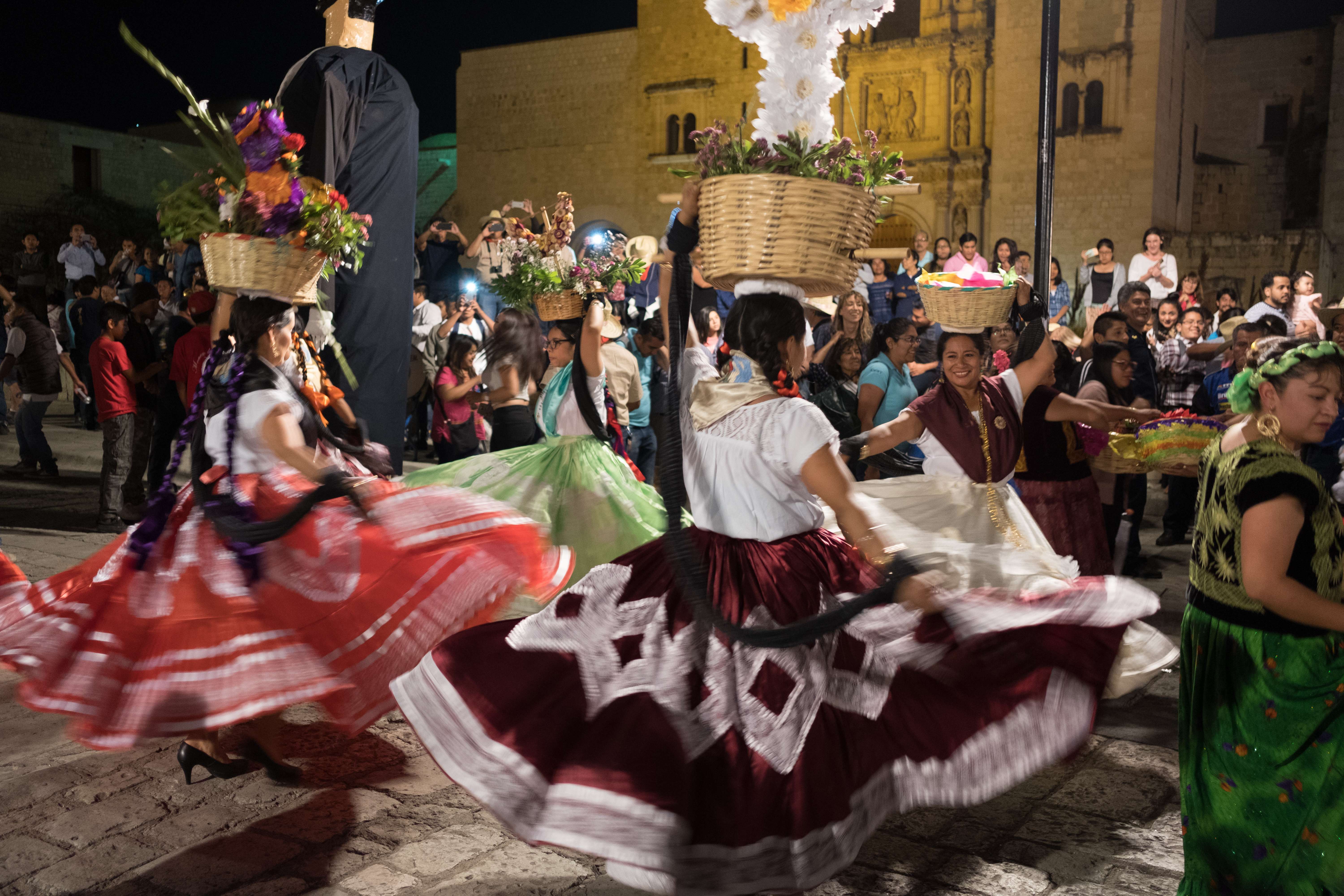
Even with the challenges, Mexico’s culture and spirit have not dimmed. Festivals, concerts, and sporting events continue to draw crowds, and the hospitality industry is adapting to new realities with creative offerings and improved safety protocols. Mexican cuisine, art, and music remain a magnet for international visitors, and many travelers report positive, even transformative, experiences. Local leaders are optimistic that with sustained effort, tourism will rebound. Programs to promote cultural tourism and eco-friendly travel are gaining traction, aiming to showcase Mexico’s beauty while keeping visitors safe.
